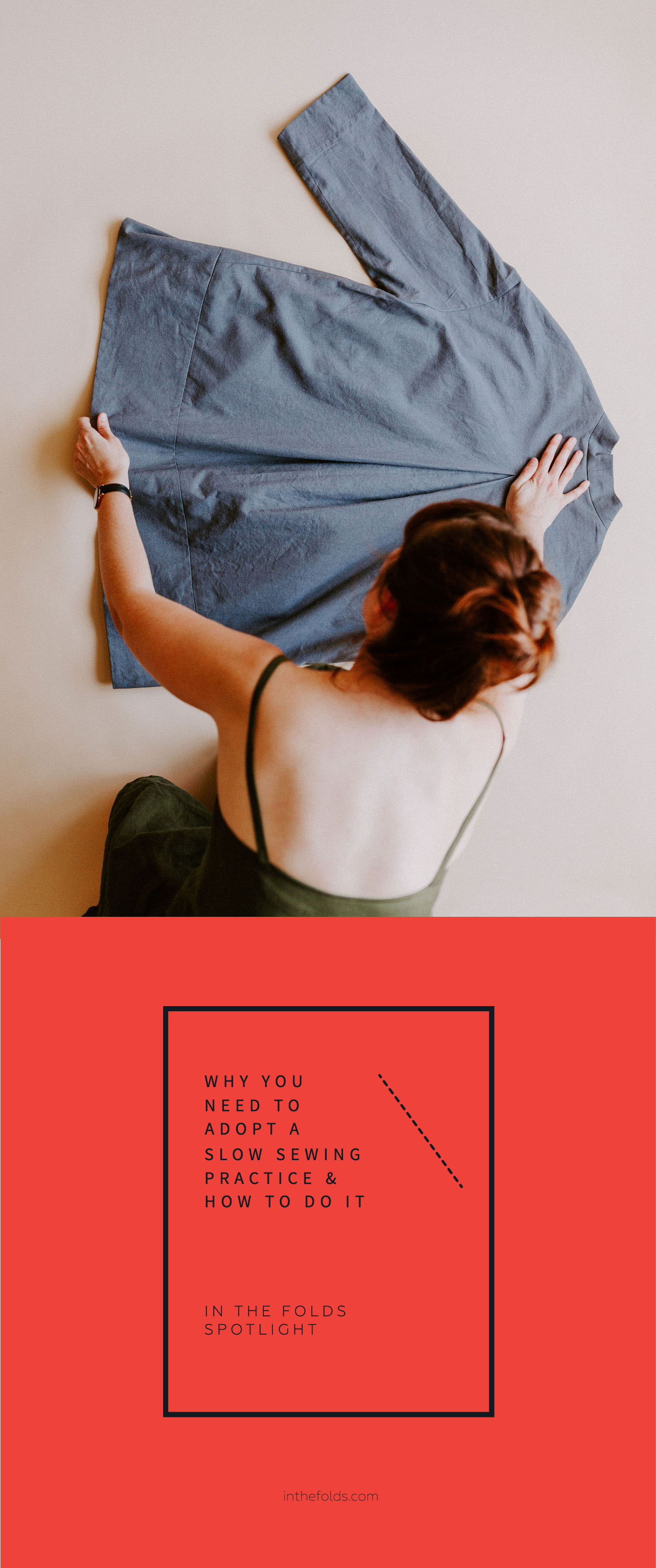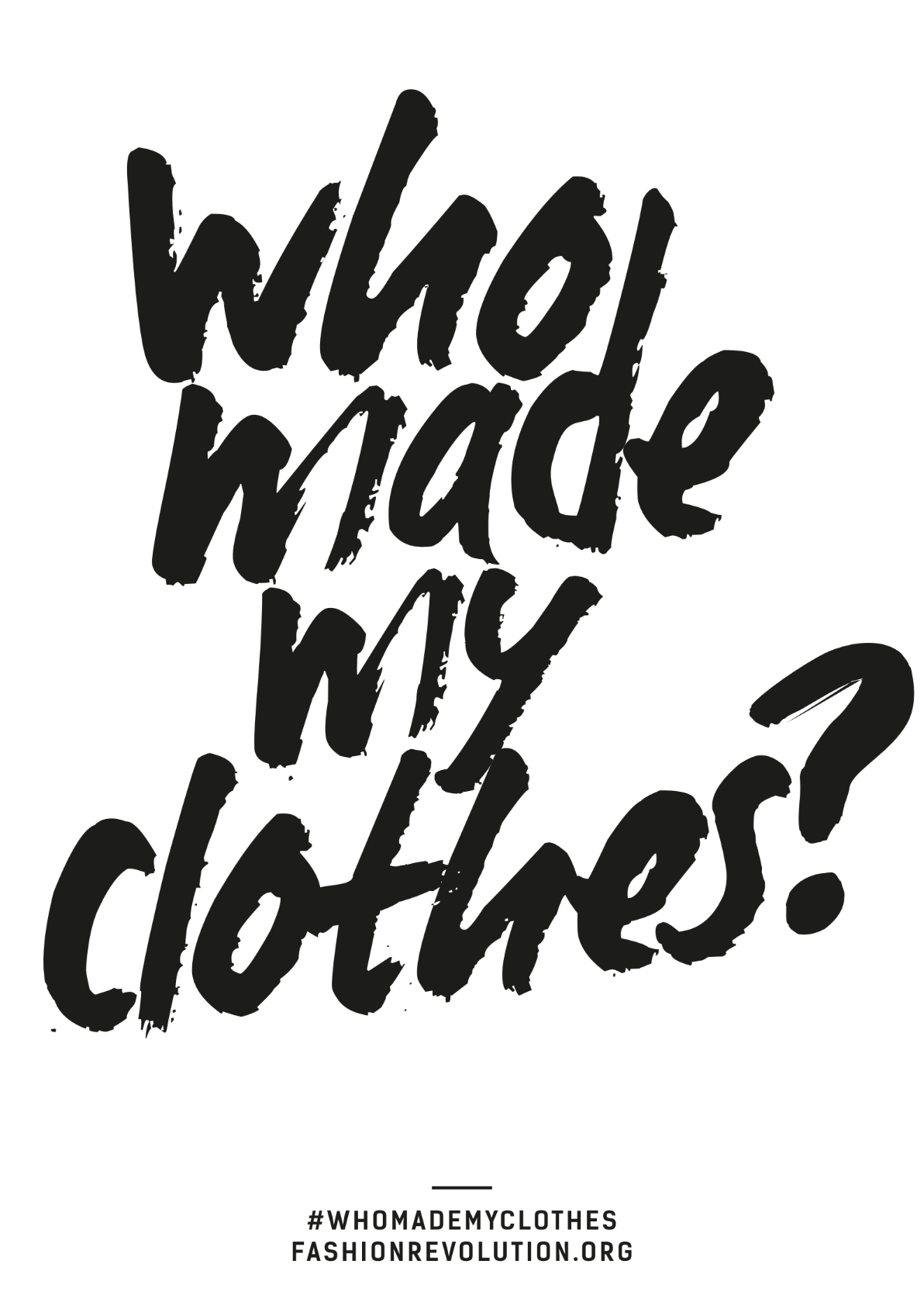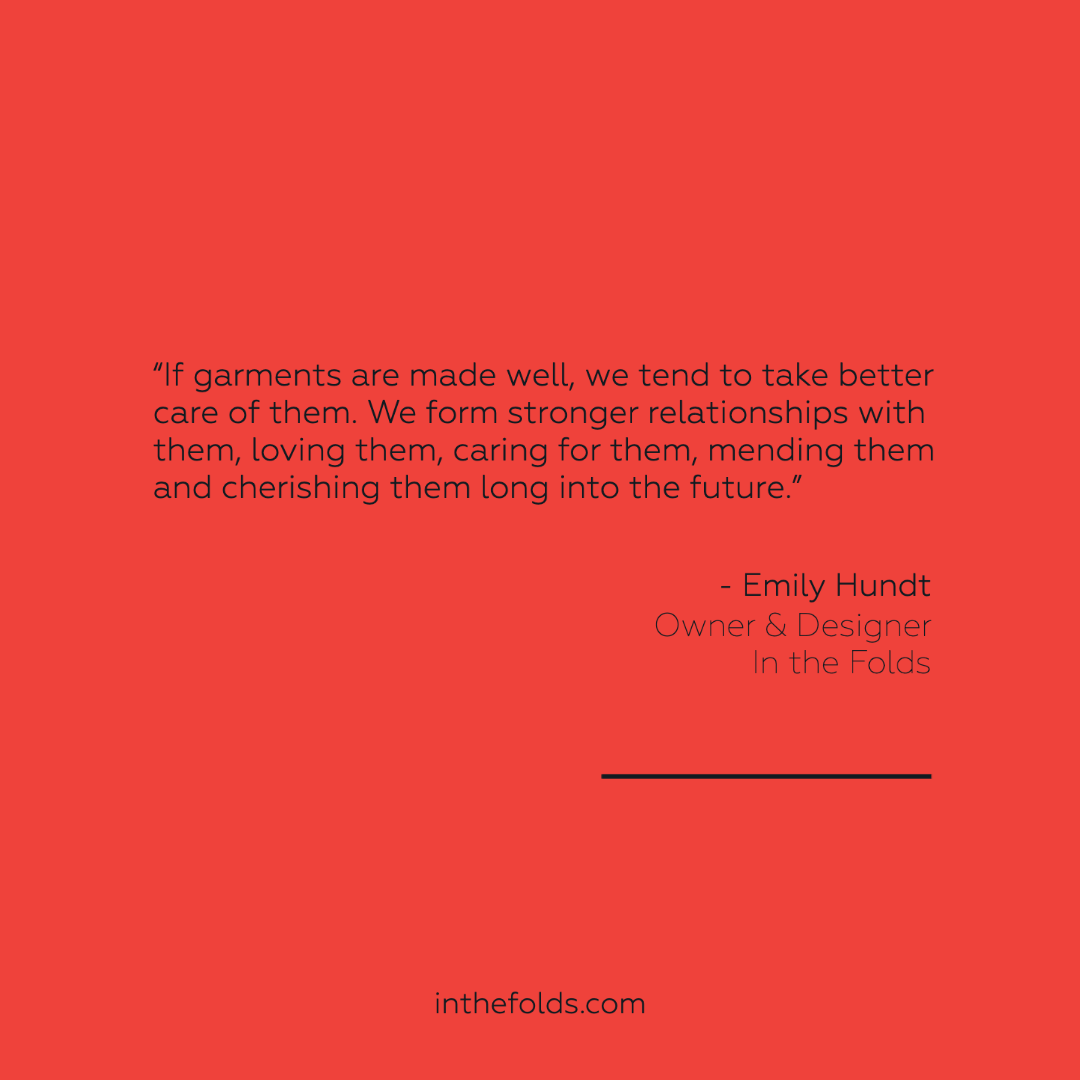This year, April 22-29 is Fashion Revolution week.
You’ve probably heard of it. And, I’d say there’s a very high chance you’ve seen the Fashion Revolution campaigns at some point over the last 10 years on social media.
But you might be like me.
Up until now I’ve had a vague idea of it being about understanding where your clothes come from and what they’re made of… But that’s not really knowing about something, is it?
It’s Xanthe writing to you this week. And the truth is, if I didn’t have to write this blog post as part of my job, I probably would have continued on my merry way still not knowing.
If you’re like me, I hope you’ll keep reading because it’s a topic everyone should be conscious of and understand, and it really isn’t discussed enough.
what is fashion revolution week?
In Bangladesh, on April 24, 2013, the Rana Plaza commercial factory collapsed just one day after large structural cracks were discovered. The premises was evacuated and closed.
Except it wasn’t.
The factory housed businesses that made garments for a number of the world’s largest clothing brands. The day of the collapse, workers were ordered to return to work so they could continue to fill their orders. As a result, over 1,130 people were killed and many more suffered extreme physical injuries.
The tragedy was like a switch that turned a spotlight onto the terrible practices of the global fashion industry. It received significant media coverage through articles such as ‘The deadly cost of fashion’ by the New York Times, and ‘The Shirt on Your Back’ by The Guardian that attempted to explain the causes of the disaster from societal and industrial perspectives.
Compelled by the acute impacts of the collapse on the Bangladeshi community, and in an effort to change the broader fashion industry’s status quo, Carry Somers and Orsola de Castro created the Fashion Revolution initiative. For the last ten years, they have campaigned for ‘a clean, safe, fair, transparent and accountable fashion industry… that values people over growth and profit’ by prompting people to ask the clothing brands they support hard questions about how and where their clothes were made, and by whom.
Fashion Revolution Week is held annually on the week surrounding the anniversary of the Rana Plaza disaster. The aim is to continue to amplify the Fashion Revolution cause that seeks radical change in the fashion industry including conserving and restoring the environment and creating societies that thrive.
WHO MADE your CLOTHES?
Considering this is a sewing pattern business that might seem like a pretty strange question to ask. You’re probably thinking, ‘Well, I did. Duh!’
But this was the question that Emily began to consider while studying fashion design at university. You can read Emily’s story here, but to summarise, as she learned more and more about the practices of the fashion industry she became overwhelmed by the realisation that there was a significant cost to the fashion choices she made as an individual, and that someone was paying it, even if it wasn’t her.
the true cost of clothes
The idea that the choices we make have a cost isn’t mind-blowing.
But the removal of the process of making clothes from our day to day life means that many people have no concept of what actually goes into making a garment. For them, it’s just a matter of a few clicks, a couple of days and they’re wearing something new.
As sewists we see this everyday. In fact, if you’ve ever been asked to ‘whip something up’ for someone then you’ve experienced the result of this first-hand. There is no ‘whipping up’ clothing! This is just one example that shows most people have no idea how much work goes into sewing clothes, or appreciate the cost of the process.
The true cost of clothing is far greater than the recommended retail price and it includes the societal and environmental impact of the clothes we choose to wear. But it’s pretty hard to show that on a garment tag, and what the Rana Plaza disaster shows is that many businesses probably wouldn’t want to tell you anyway.
I MADE MY CLOTHES
As sewists, making our own clothes doesn’t make us any less accountable to the issue that Fashion Revolution is trying to address.
Have you ever really thought about where all the materials in the dress you’re making come from? Like the buttons, or the elastic or zip? Or has it also become too easy for us to duck out to our local big box fabric store to grab a few pieces of fabric and notions and whip up a new outfit?
but who made my fabric?
Fashion Revolution have made it easier for us, by reframing the question so it’s more applicable to makers like you and me.
By asking ‘Who made my fabric?’ they’re aiming to expose another level of the opaque fashion industry supply chain so that the overall societal and environmental costs of the materials we buy are clear. So that we know exactly what is going into the garments we are making with our own hands. So that we aren’t making clothing under the flawed assumption that we’re doing ‘a good thing’ simply because we’re making it with our own hands.
counting the cost of what we make
The materials involved in this process of creation that we all love and know as garment sewing have a cost. This is what we need to remember.
We’ve all struggled at some point in our sewing journey with an out-of-control fabric stash. Finding a new fabric in a print and colour we love and seeing all the potential it holds makes us want to buy it! And the abundance of inexpensive fabrics all over the internet makes it very easy to do.
But it’s time to start counting the cost. So, how do we?
Emily believes the answer lies in slow sewing, and this is the ethos that drives every product and resource that In the Folds creates.
Join Curated by ITF - find your new community!
If you're looking to be supported, motivated and inspired through your sewing journey our Curated by ITF subscription might be just what you're looking for.
As well as a monthly sewing project, you’ll gain access to our private member platform where you can receive feedback and advice from the ITF team and other experienced makers, participate in sew-alongs and make sewing besties all over the world!
WHAT IS SLOW SEWING
For In the Folds, slow sewing is about sewing with intention.
More specifically, it's about being mindful of the projects we sew and the resources we use, and it's an environmentally and socially conscious response to fast fashion that focuses on seasonal trends and low cost, low quality clothing that isn’t made to last.
How to become a slow sewist
Keen to begin the journey of becoming a slow sewist? Here’s 7 actions you can take starting today!
Evaluate your wardrobe. We often make more clothes without even considering what we already own. Go through your current wardrobe to understand what you get the most wear out of and why. Think about what’s missing from your wardrobe. For example, perhaps you could do with a plain white shirt to throw on with jeans on a lazy Saturday. Or maybe a good Winter jacket is in order. Our Slow Sewing Planner takes you through the whole process of reflecting, organising and planning your wardrobe so you’re not just making for the sake of it.
Evaluate your fabric stash. If you’re anything like a lot of makers out there, you’ve probably accumulated a LOT of fabric yardage. And when you stop and actually look at how much you have, you might realise that there’s a lot in there that you no longer need or like. Go through your stash and remove anything that no longer ‘floats your boat’. Drop it off at an op shop, gift it to a friend or do a de-stash on your Instagram page to recoup some of the costs. (Just don’t spend that money you’ve made on buying more!!) Bundle up your fabric scraps in piles of similar fabric content and make a quilt, or donate the scraps to a quilting group, a school or a charity that makes sanitary products.
Use what you have and buy less. Plan out your future garment makes based on what you need to add to your wardrobe and the fabric you already have. If you don’t have the right fabric for a project you want to make, consider doing a fabric swap with someone rather than purchasing more. Don’t buy fabric unless you have a specific project in mind for it and you know how much fabric you actually need.
Buy well. If you’re not impulse buying then you’re probably going to have more in the kitty when you do need to buy something, which means you can afford to buy better quality fabric. Good quality fabric is definitely more expensive, but it is often easier to sew with (making your hobby even more enjoyable!), and garments tend to last longer and age well.
Stick to natural fibres. Every time you wash a garment made from synthetic fibres tiny particles enter, pollute and damage our water eco-systems, and they take a very long time to break down (even up to hundreds of years for some products!), and when they do break down they leach toxic chemicals into the environment. Natural fibres break down quickly, and if they’re organic have less impact on the environment. Besides, natural fibres like linen and cotton are much more comfortable to wear because they’re breathable and they feel great against your skin!
Ask the question, ‘Who made my fabric?’. As consumers it’s up to us to hold the businesses we support accountable about who is involved in the production processes of the products they sell. Are workers paid a living wage? Is their work environment safe? Does the manufacturer consider the environmental impact of their manufacturing process? If they can’t give us the answers to these questions, we should take our money elsewhere.
Focus on in-put, not out-put. Make your focus more about skill-building and less about wardrobe building. Focus on improving your sewing skills and become a master of your craft. By doing this you’ll start making clothes you love and feel connected to, which means you’ll love and wear them longer!
I hope this has been an informative and inspiring read and it will help you consider the choices you make as a creative. I know I’ll be making different choices from now on, because I don’t want other people to pay the cost for my bad decisions.
Happy sewing!
Xanthe
WHAT YOU’VE BEEN MAKING…
This week we’re featuring the wonderful Kealy makes from two of our Curated by ITF members!
Kealy T-shirt by Jeanne
“Although I own an overlocker, I used my sewing machine for this whole project as I wanted to see what my machine was capable of. I love the pattern, and I'm looking forward to making some more!”
Kealy T-shirt by Deborah
“I resisted buying all the pretty fabrics this month and I really just needed a black t-shirt, so I made one.”






